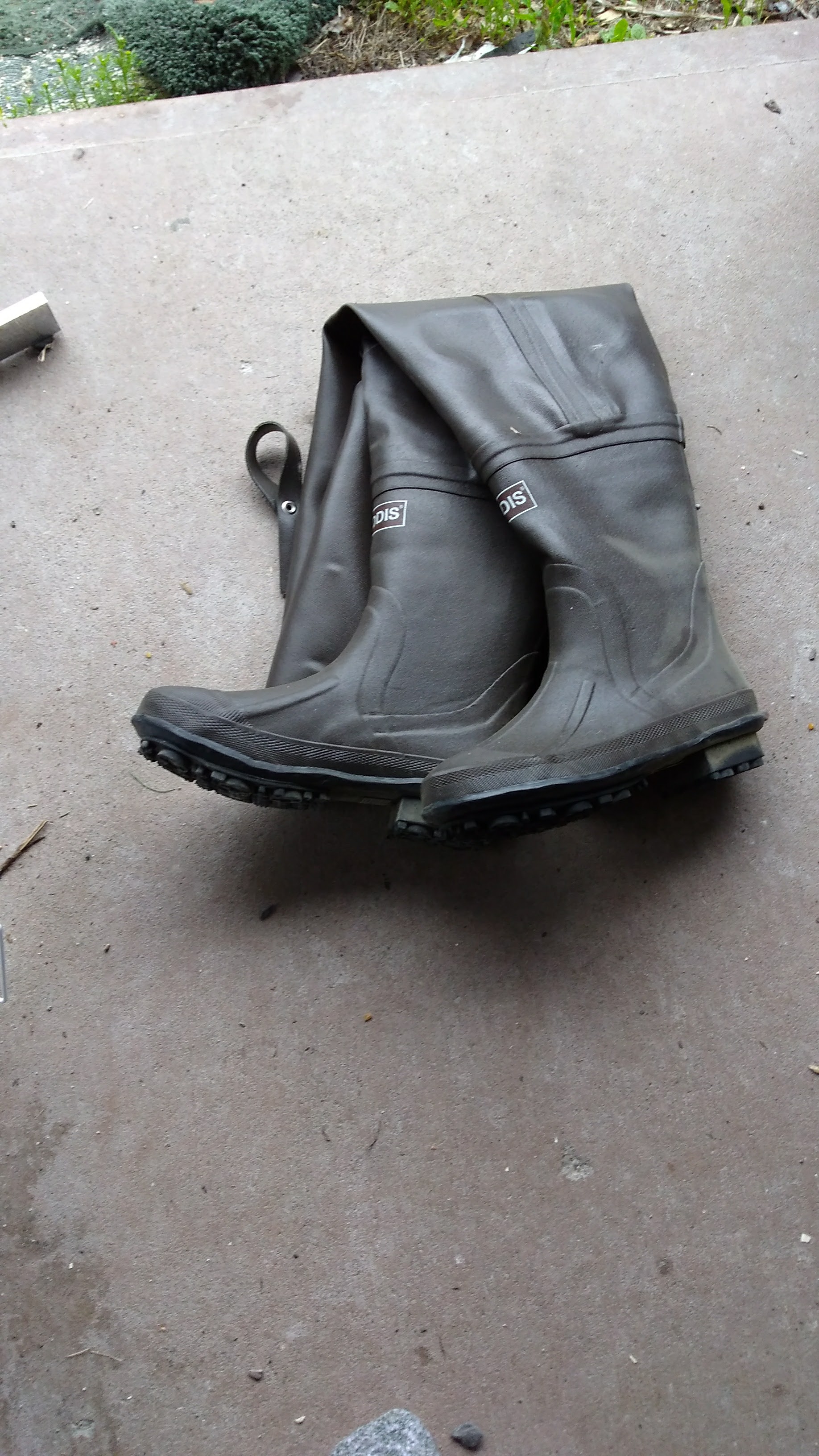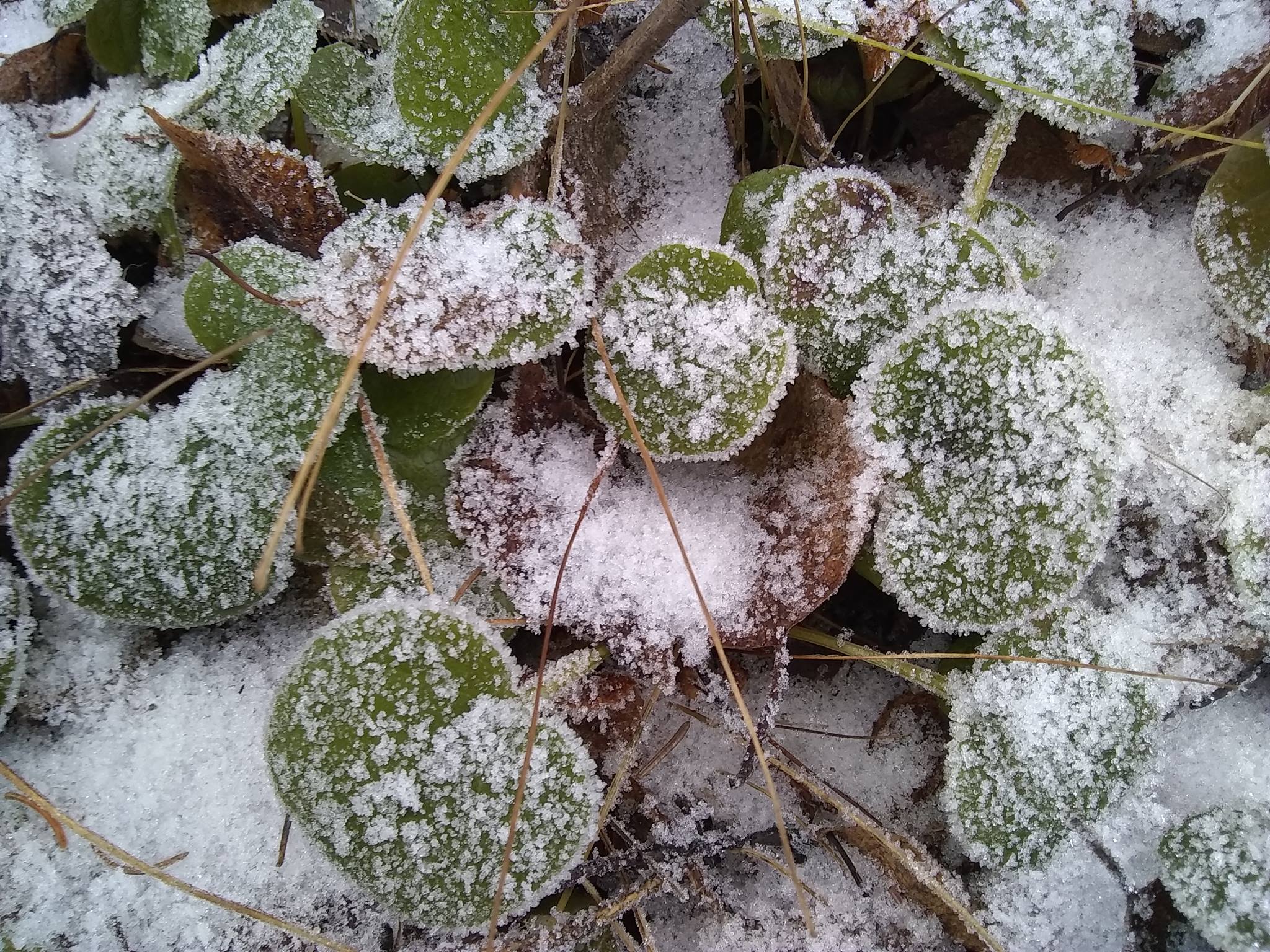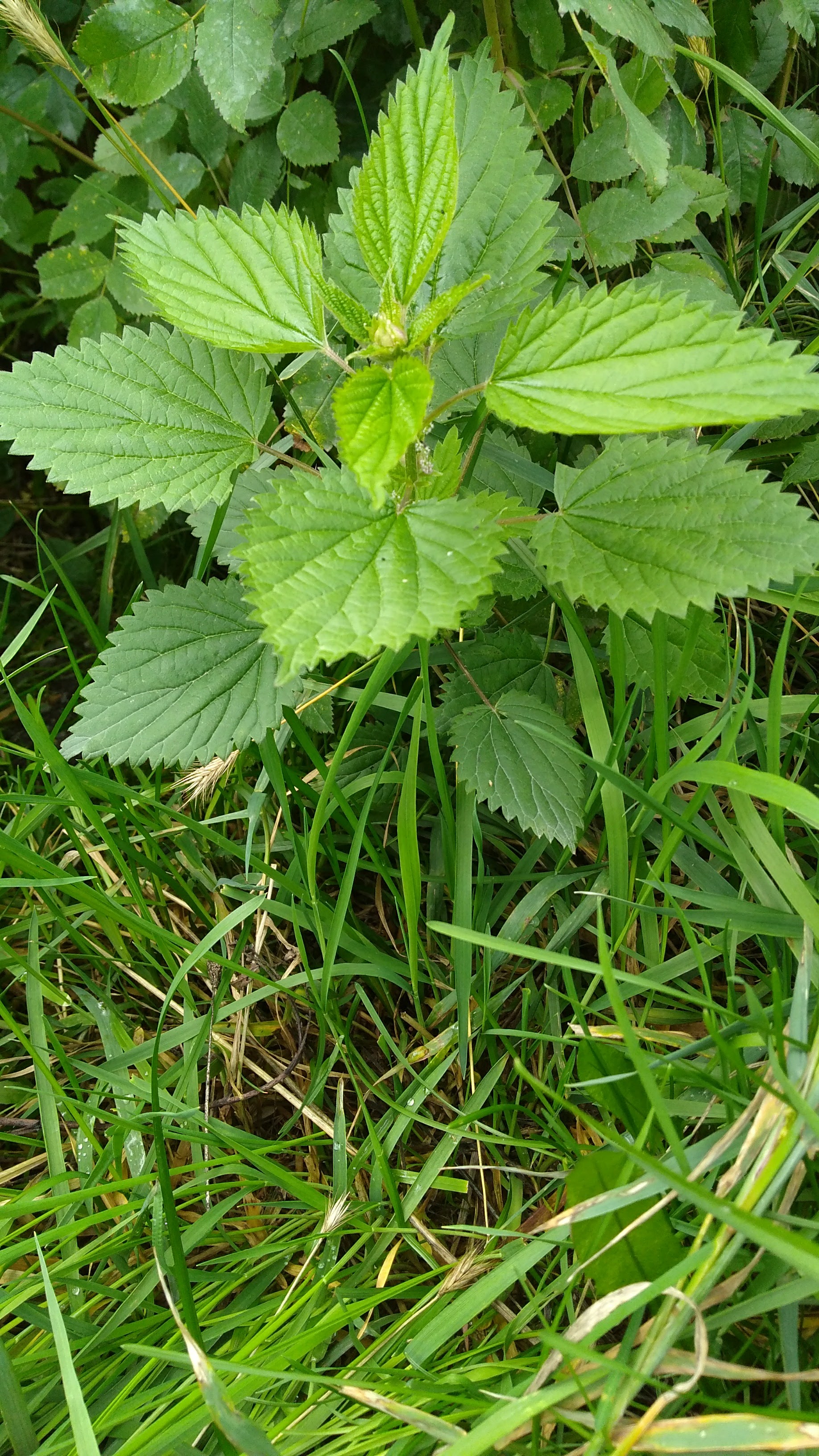-
Sunscreen and Bug Spray. Always. My main go tos are bug spray and sunscreen. I use mineral sunscreen that include Zinc and Titanium oxide because they don’t disrupt your endocrine system like some of the other chemicals out there. You will be white. That’s how it keeps the UVA and UVB from getting to your skin is by reflecting the sun. I like to use Alba’s mineral protection of 30 SPF (see affiliate link). For bug spray, the one that doesn’t have deet that really works for me in Alaska is Coleman’s Deet Free aerosol. I have tried a lot of different deet free sprays, but in Alaska, you need something different. The herbal ones that have lemongrass and other things just don’t do it up here. (By the way, I’m in the process of developing something myself. Of course it will use things that grow up in Alaska ;)) If you are in an area where wormwood is, you can bruise up the leaves and rub them over your exposed skin. However, it won’t keep the mosquitos off of your clothes.
-
Carrying contraption. This can be a bucket, small or big plastic (or paper) bag or anything that will suit your needs. Again this will depend on what you are actually harvesting, but you’ll need something.
-
Hip Waders. If you are going to be harvesting in a lake, river, marshy, or boggy area you will need these. I hope this is self explanatory.

Hip waders are great for marshes, lakes and boggy areas. -
Tough Gloves. If you are going to be picking rose hips, blackberries or harvesting Cow Parsnip, Devil’s Club or anything spiky, you are going to want thick gloves that can protect your hand.
-
Other Protective clothing. This could be long sleeved shirt, waterproof pants and jacket if it’s raining or misty out, waterproof shoes for the same reason etc. The main thing is to keep you protected from the elements if it’s going to be anything other than nice weather, or if you’re harvesting something that isn’t flowers.
-
Cutting tools. Again, depending on what you are harvesting, you may need a little whittling knife, a simple pocket knife (which everyone should have in Alaska), or something a little stronger for the tough jobs.
-
Trowel or other digging tool. The best types of trowels are all one piece. Have you ever tried weeding with an inexpensive two piece trowel? Yeah, I bent one and got so frustrated with it that I threw it across the yard and started digging with my fingers.
-
Water. I recommend taking a Camelbak or other water carrying backpack. I was introduced to these when my husband got one from the military while he was in. I haven’t looked back. It is so useful when hiking as it’s just on your back, it distributes the weight evenly and you don’t have to worry about carrying a water bottle with you.
-
Either a camera/phone or identification book. When I go hiking or looking for herbs to harvest, I like to be able to identify things I’m not familiar with. Lately I’ve taken to using my phone to take pictures and then identify them later because the book I have is huge and lugging that around while hiking is not appealing. If you do have a book with you, make sure that it has detailed pictures and descriptions, as well as the scientific name so that you can look up its uses more easily. Some plants have many different common names so it can be difficult to look something up using only that, and many plants have different subspecies which don’t have the same uses so having the scientific name is super useful.
-
First aid kit. I hope this goes without saying, but I’m saying it anyways. Anything can happen when you’re out hiking or harvesting. I would add to the normal first aid kit of a bear gun or bear spray because the bears have been more aggressive this year in Alaska. Please be careful out there.




